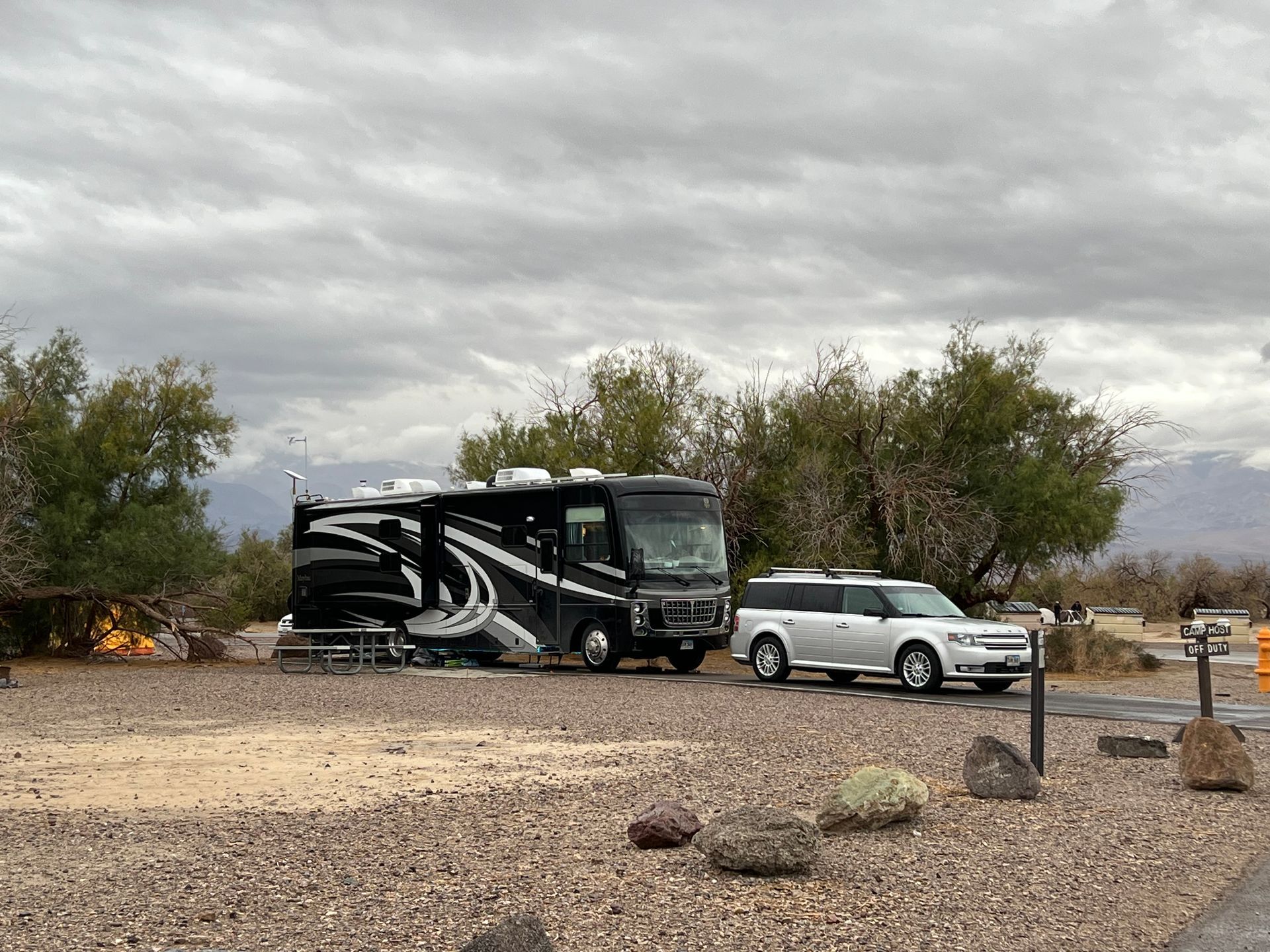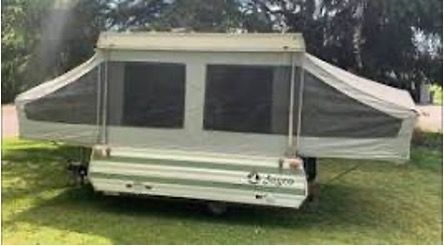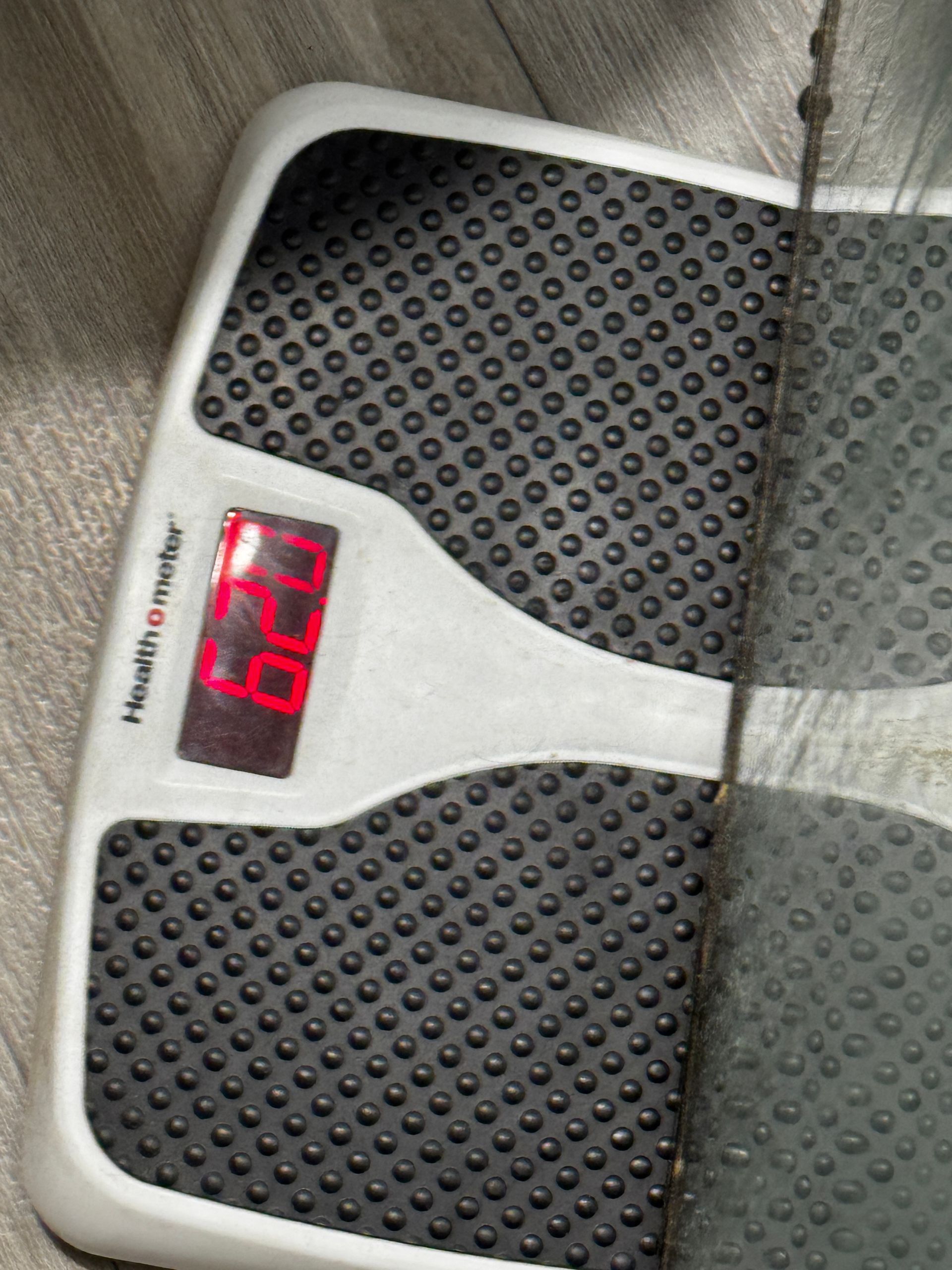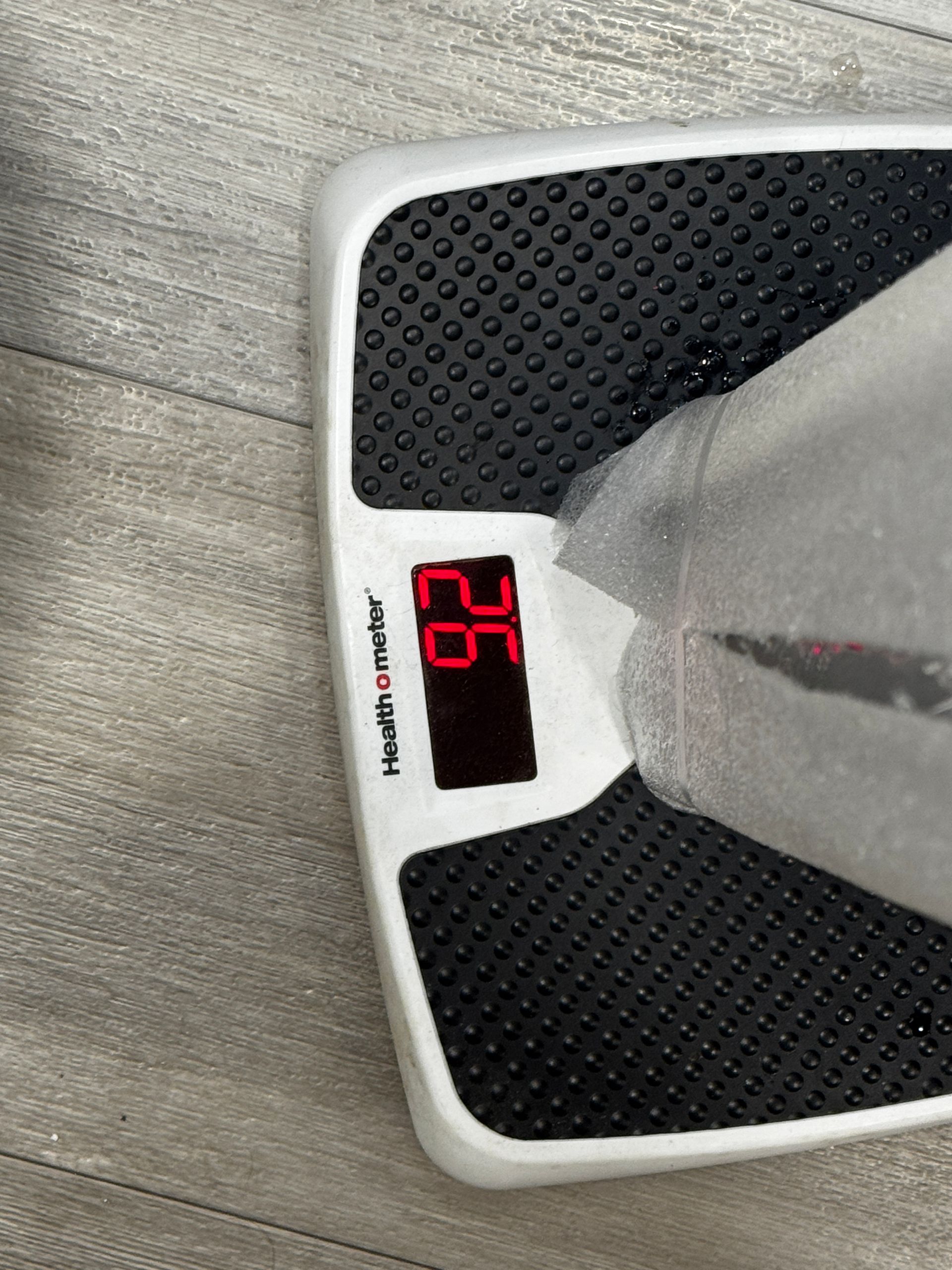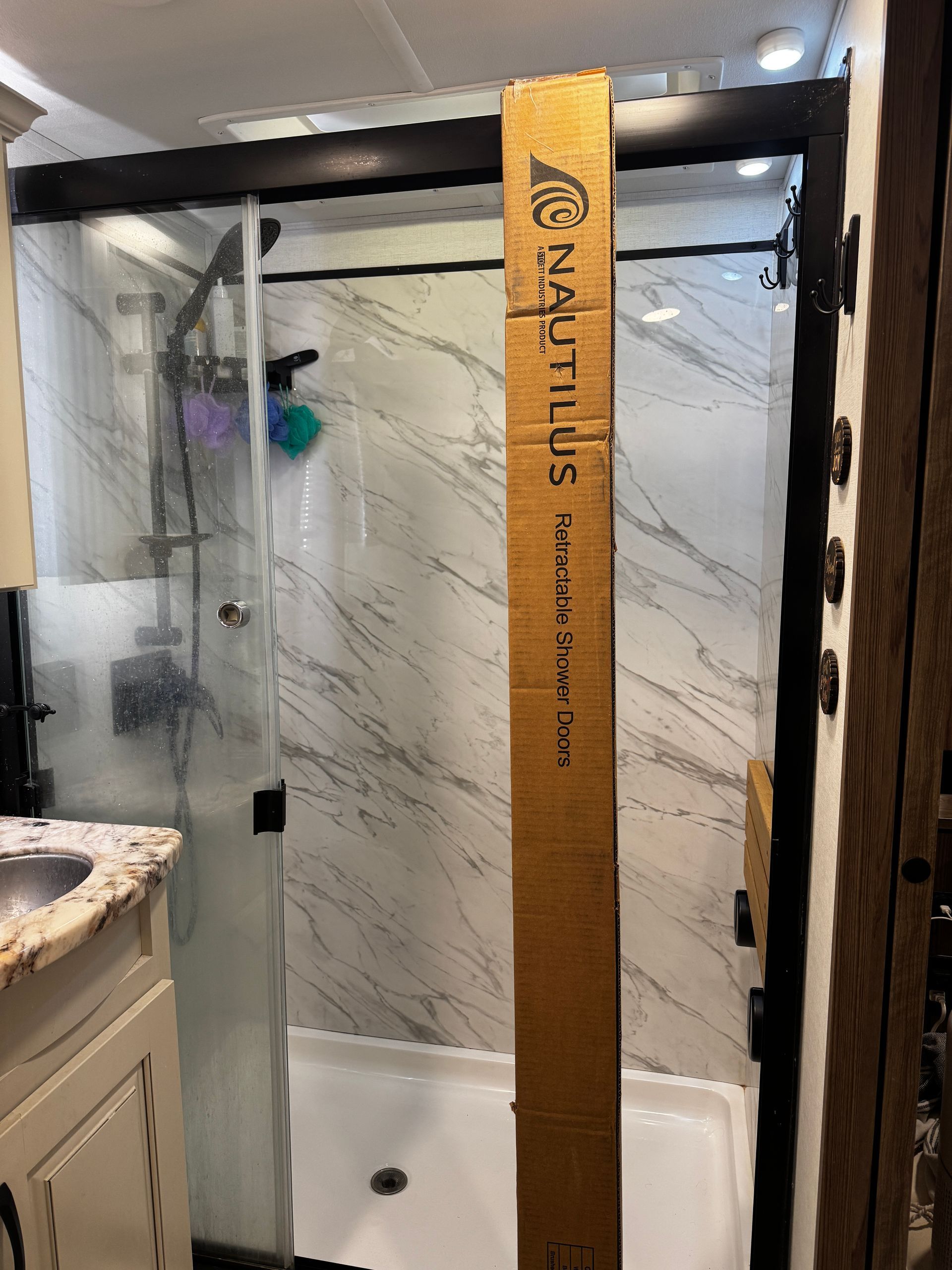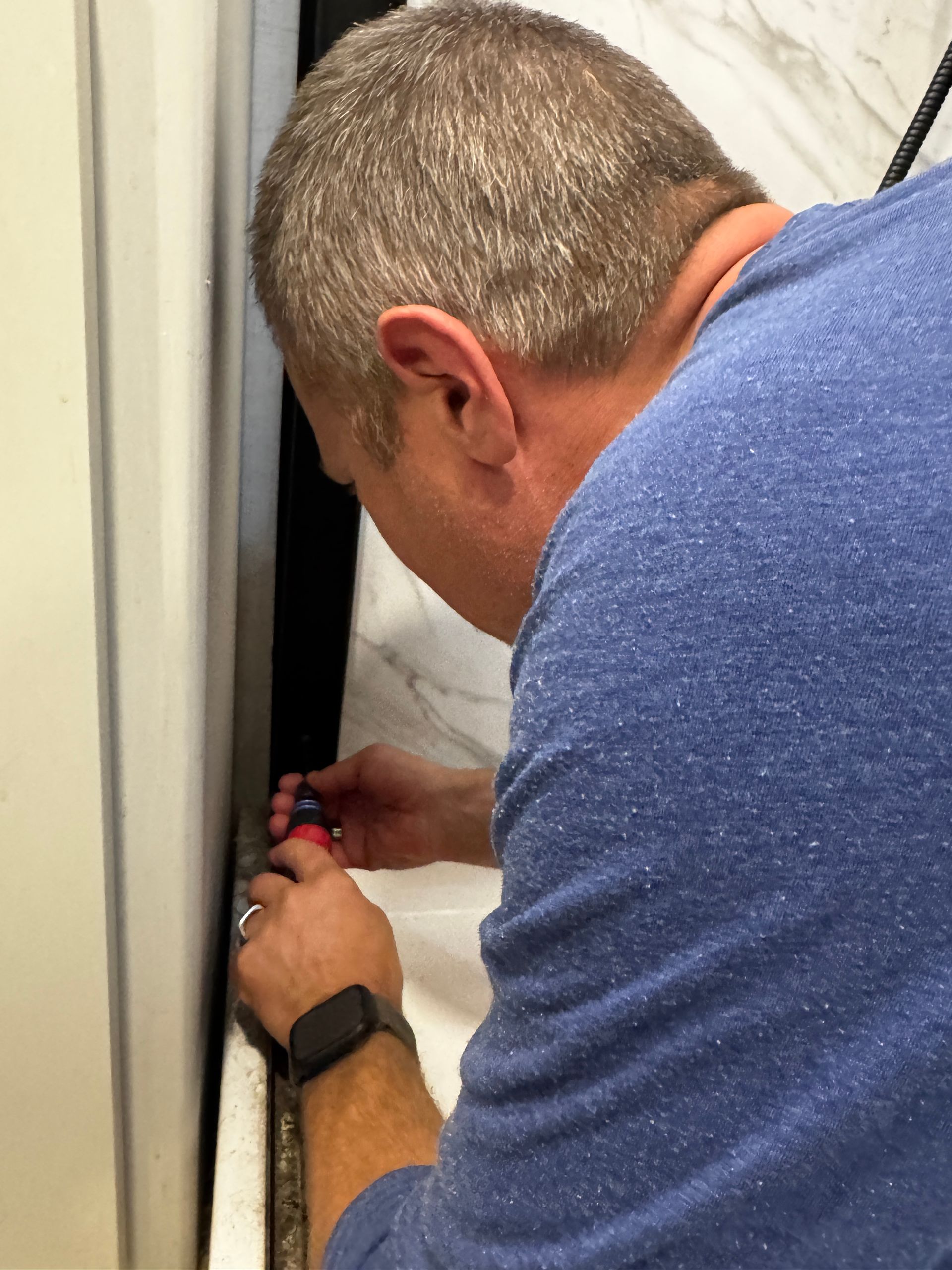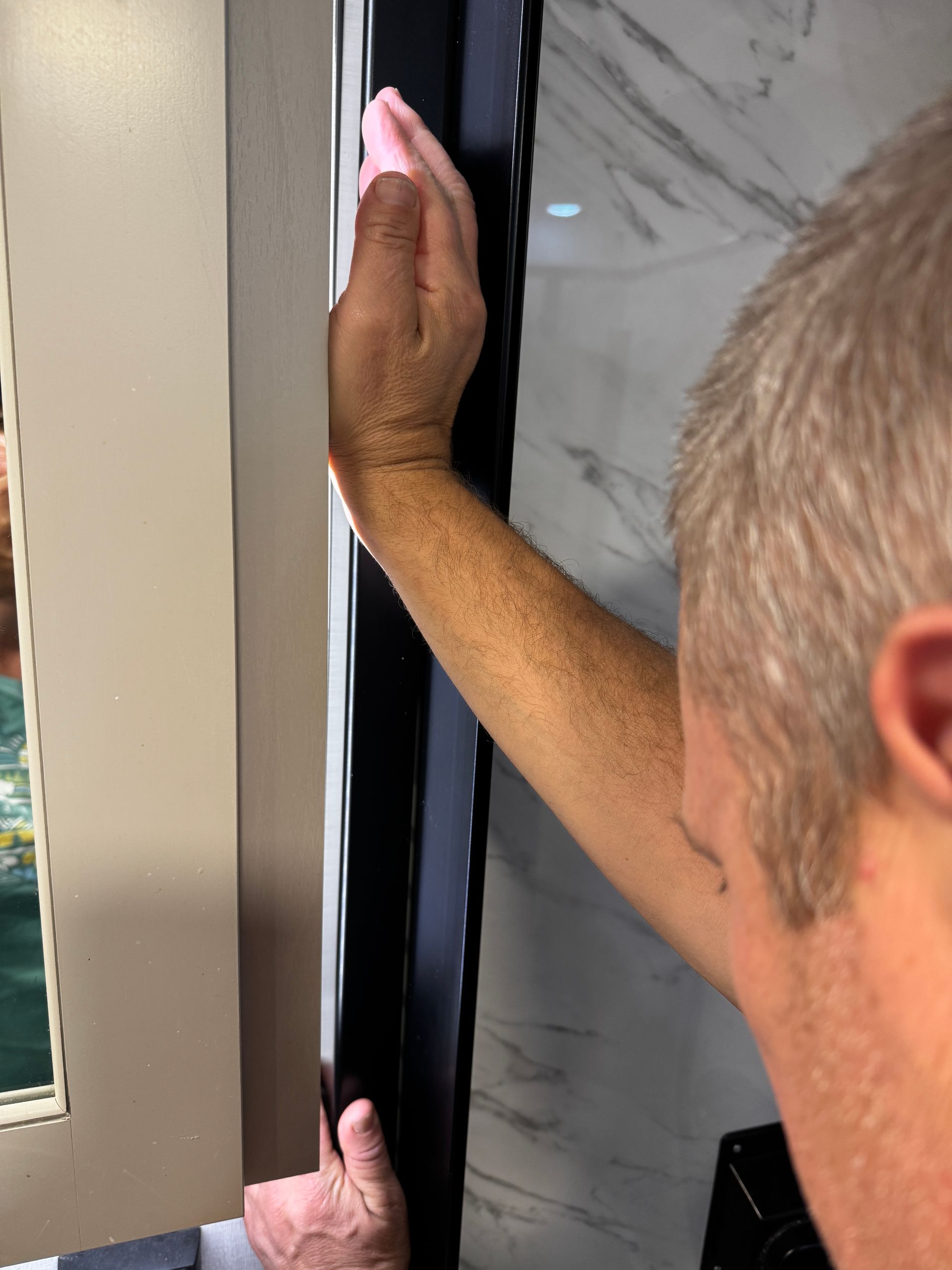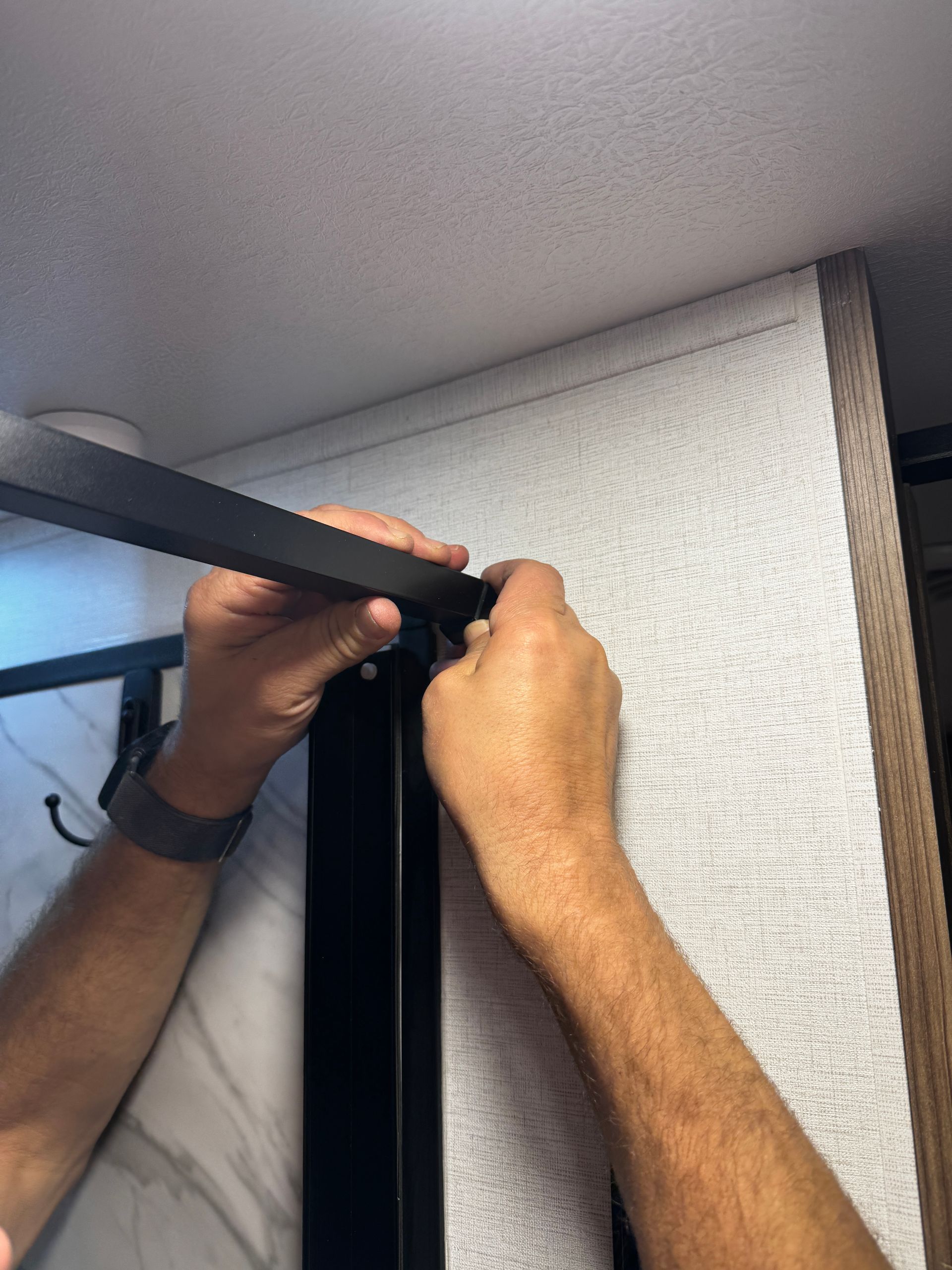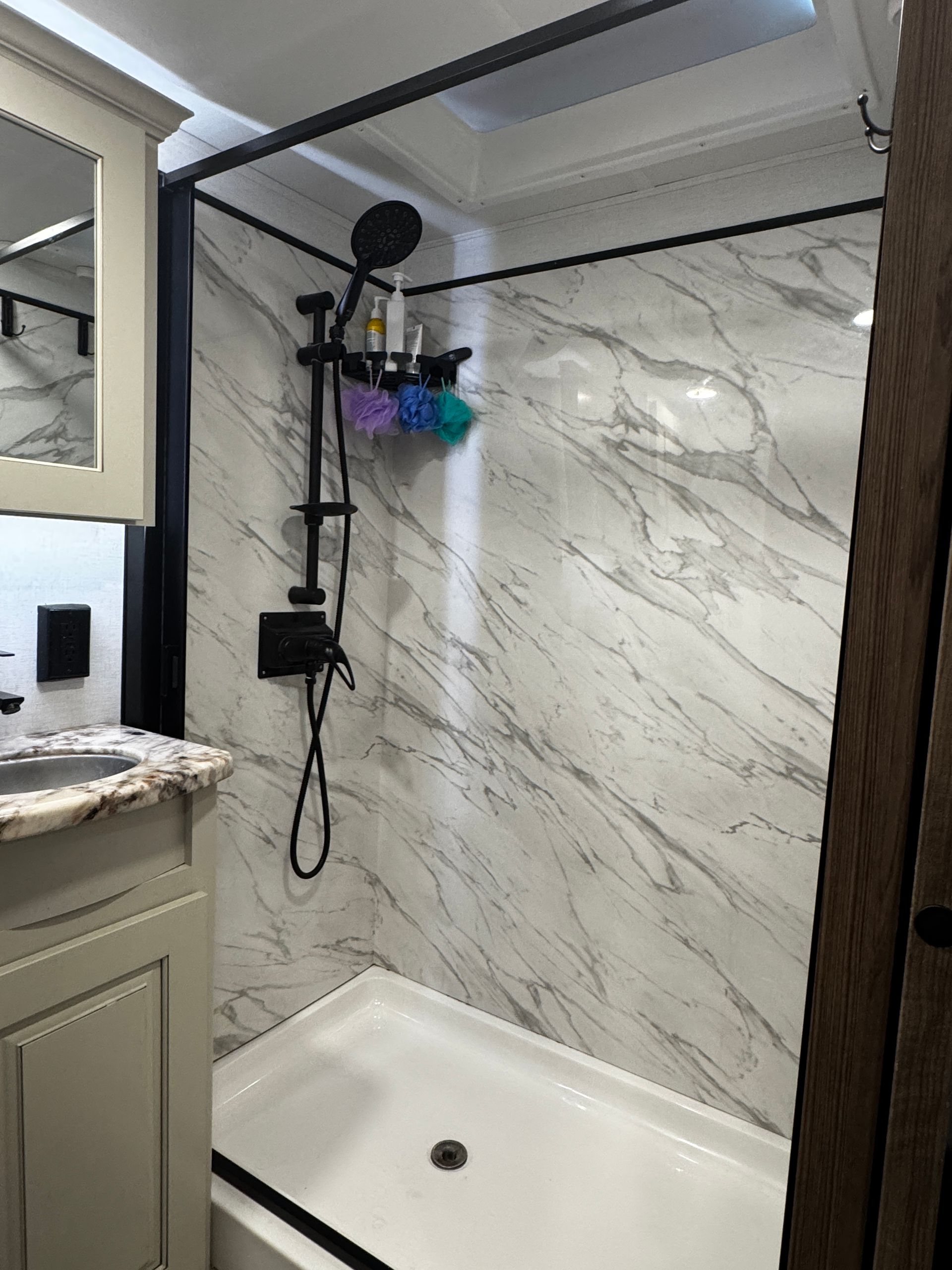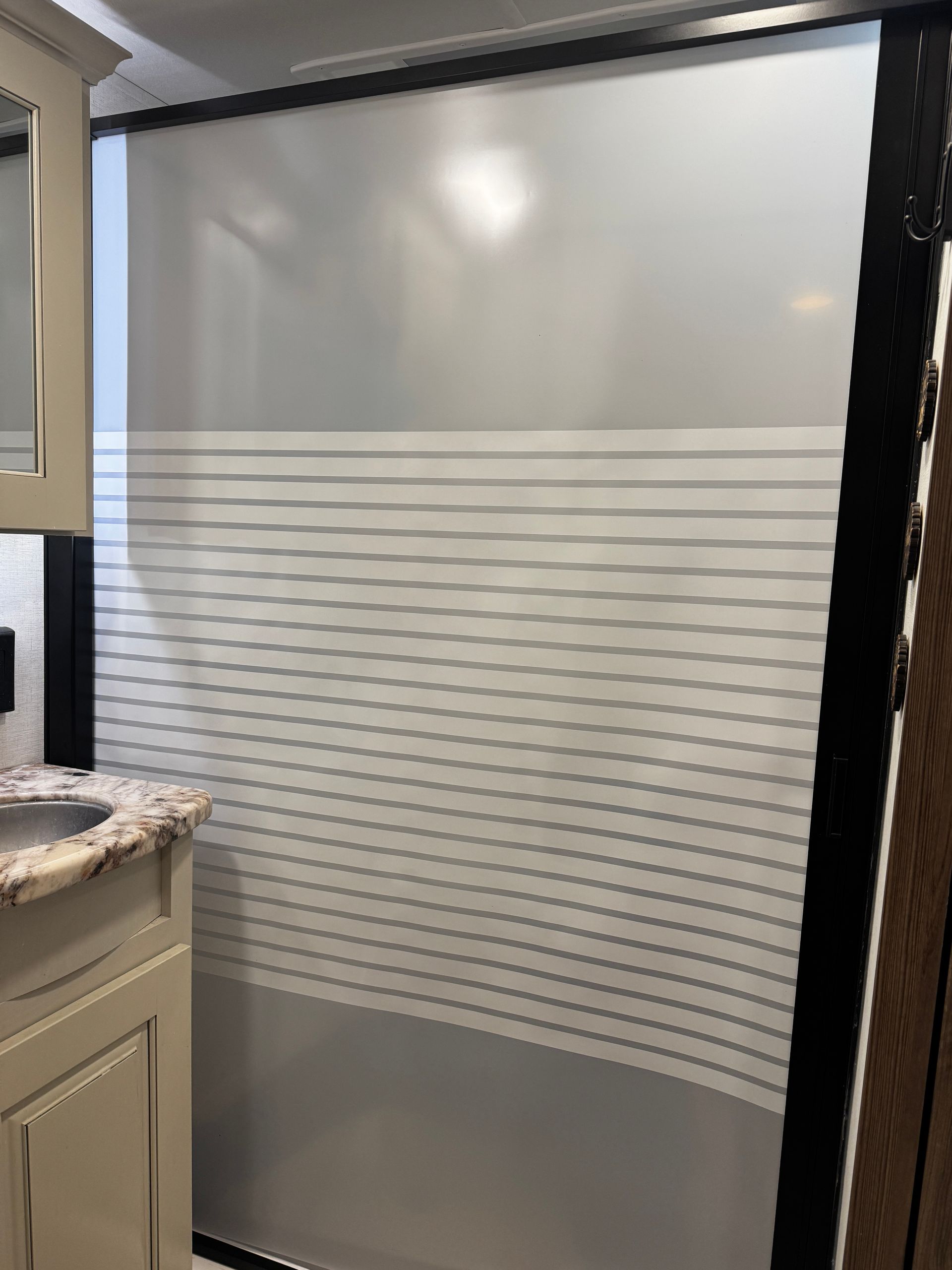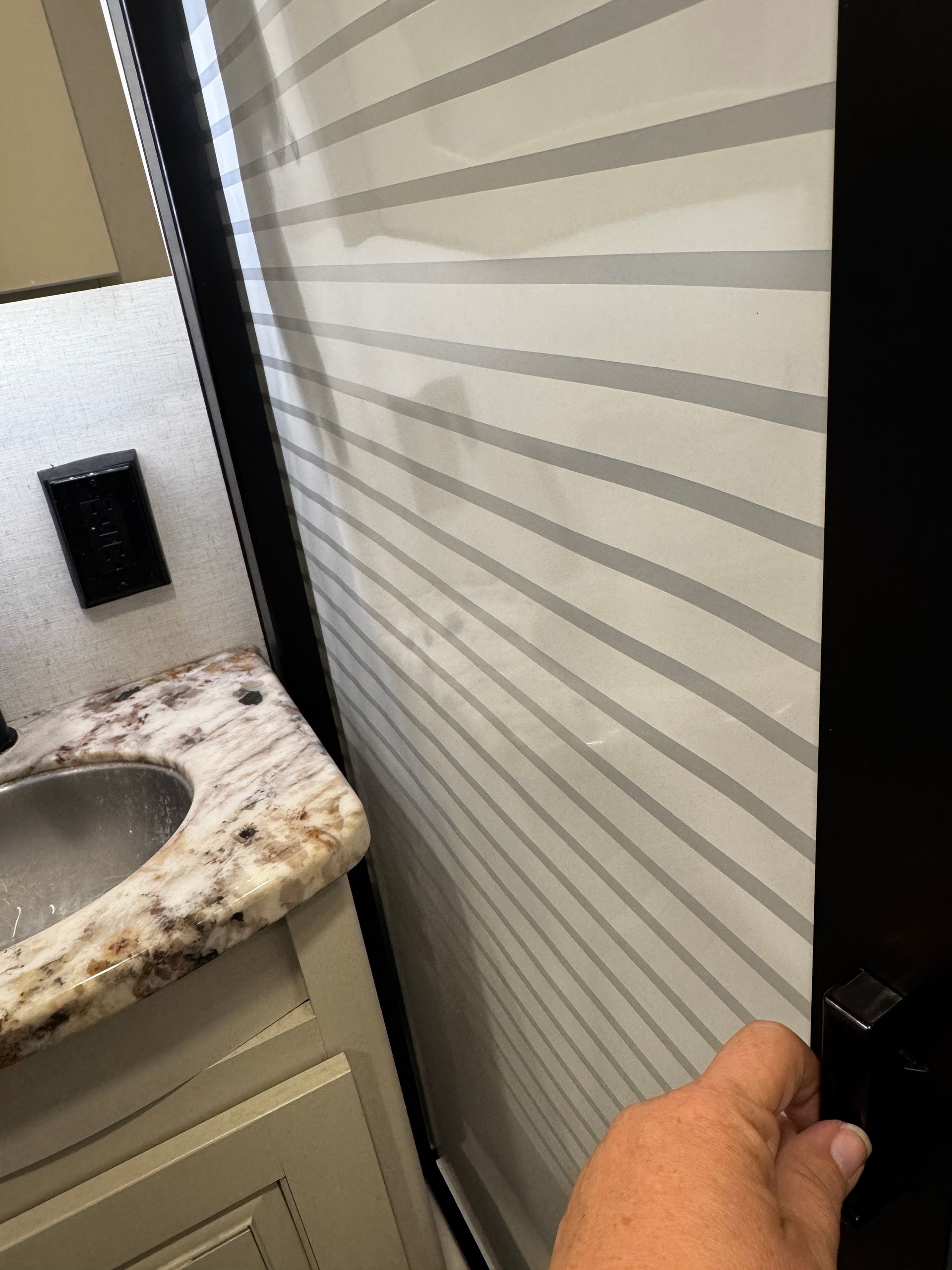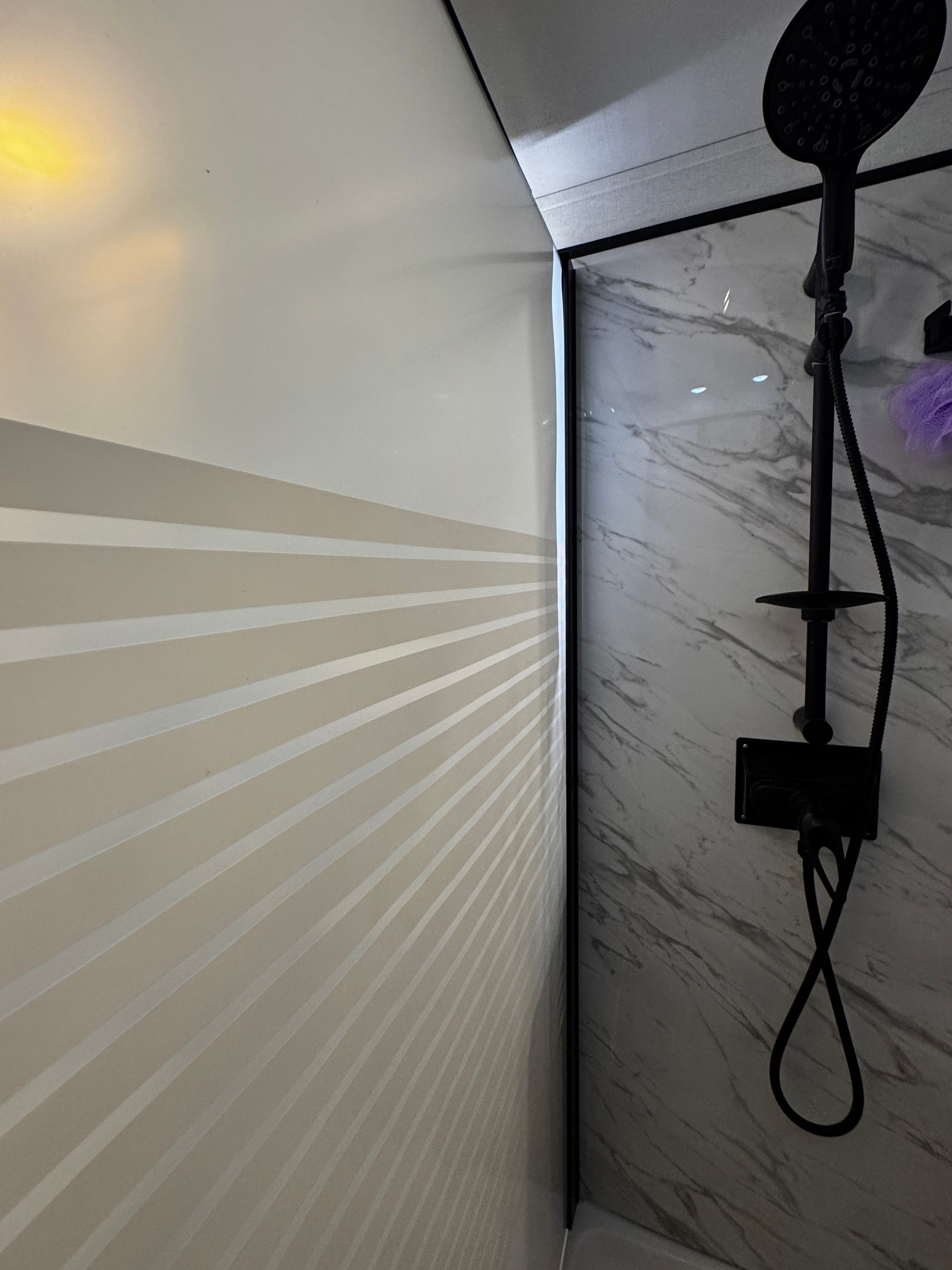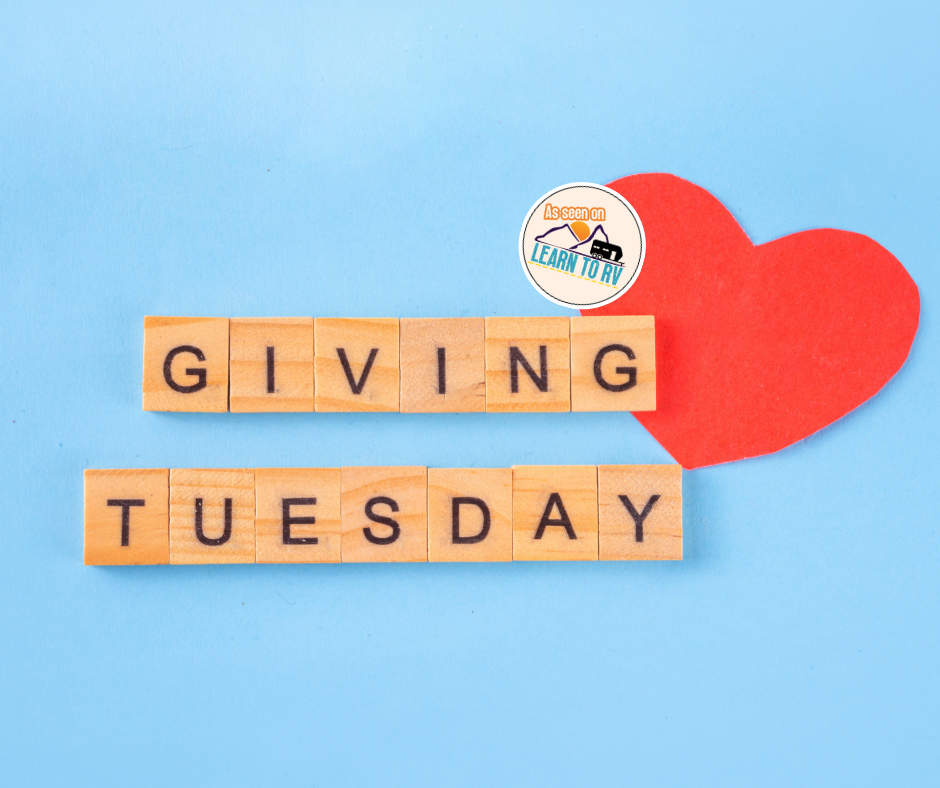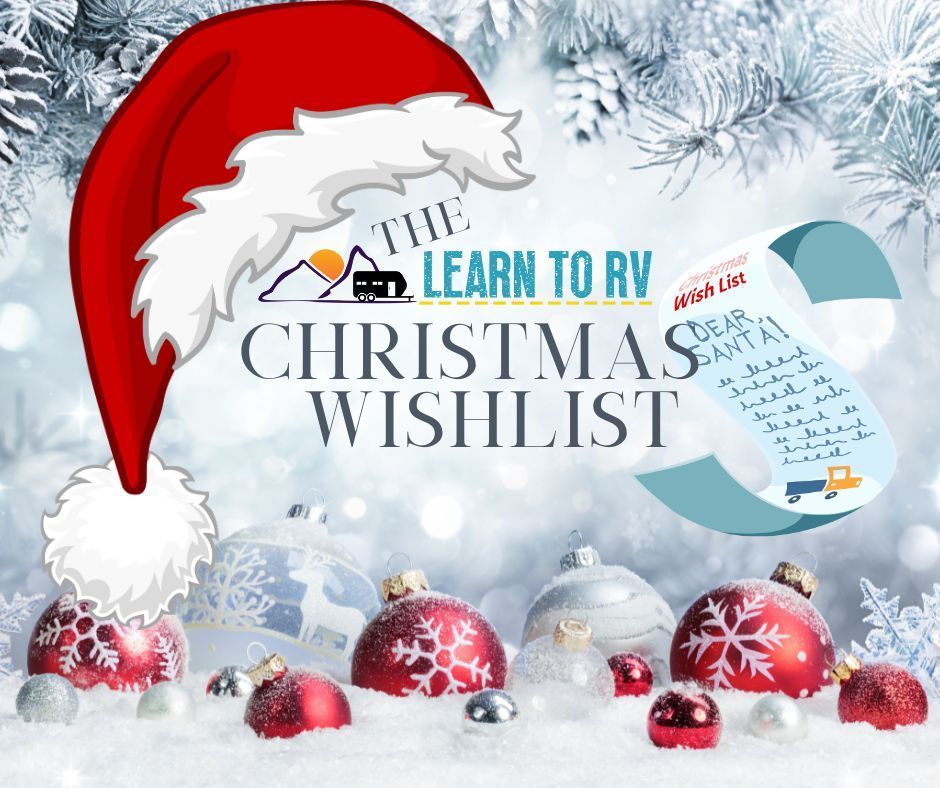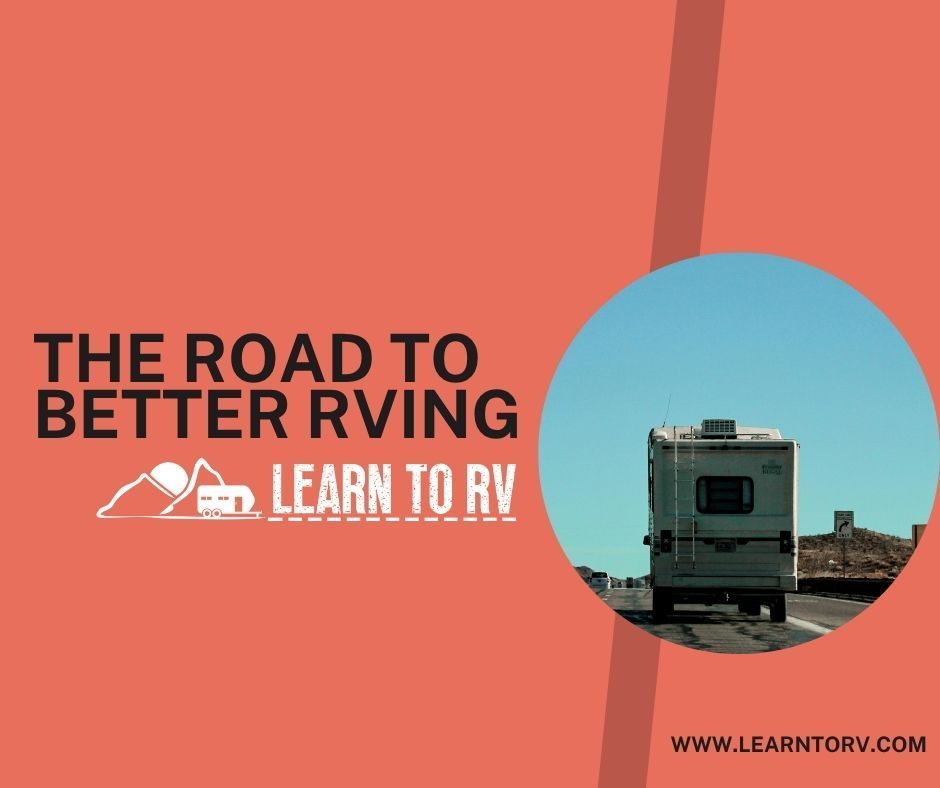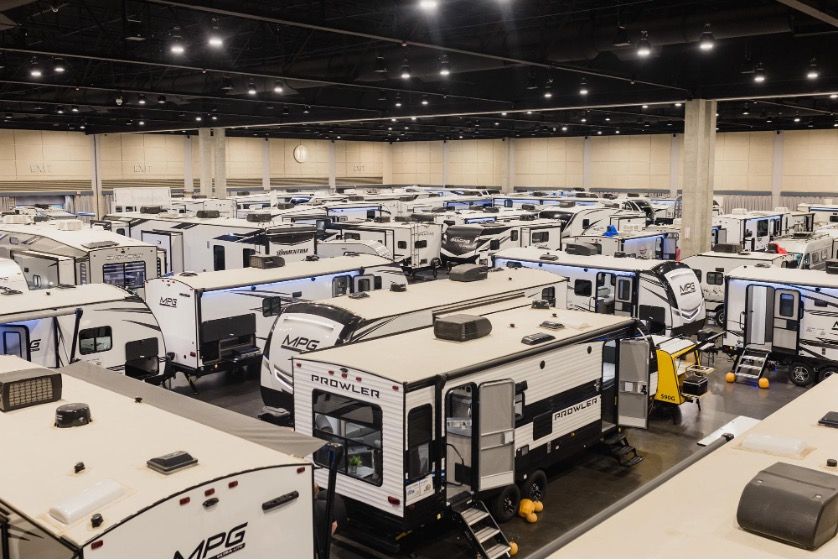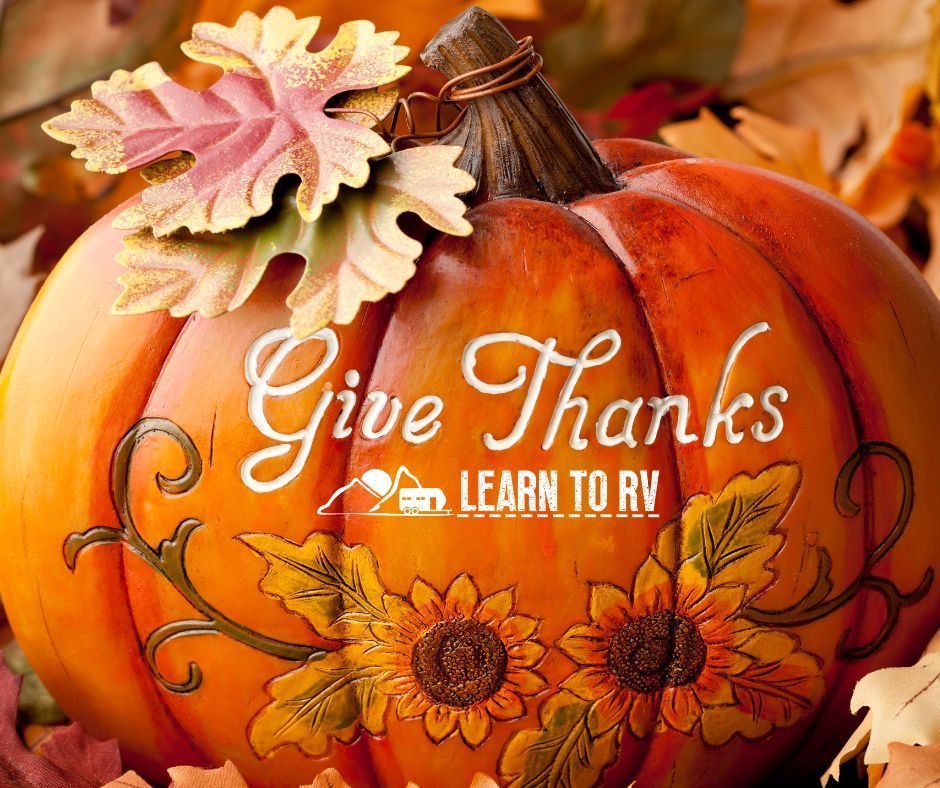Shedding Pounds & Upgrading Style: Our Experience with the Stoett Nautilus Shower Door
Jennifer+ Aggio • August 29, 2025
So excited for this upgrade!
When you live in an RV, every pound matters. Between fuel efficiency, tow weight, and storage capacity, we’re always looking for ways to lighten the load without sacrificing comfort. Our shower was one of those overlooked places—until now.
We recently swapped out our bulky glass shower door for the Stoett Nautilus Shower Door, and the difference has been nothing short of amazing!
My Little Secret... This is the Second Time Around
This actually isn’t our first Nautilus shower door. A few years ago, we installed one in our motorhome—and honestly, that’s when we fell in love with it.
The reason? Those heavy glass doors that come standard in many RVs are not only bulky, they can also be a little scary. In our motorhome ours shattered—randomly, out of the blue—and it was an absolute mess to clean up. That was enough for me to swear I’d never deal with glass shower doors again.
When we bought our fifth wheel, I promised myself the Nautilus would be one of the very first upgrades. Well… life on the road had other plans, and here we are two years later finally getting it done. I hate that it took us this long, but I am so glad the day is finally here!
One of the Biggest Perks... A Major Weight Savings!
Our old glass shower door weighed in at 62 lbs without the extra support bars—when you add those in, we were probably closer to 70 lbs total. That’s a lot of unnecessary weight to be carrying down the highway!
The Nautilus replacement? Just 9.2 lbs.
That’s more than 60 lbs of weight savings in one simple upgrade, and when you’re counting every pound, that’s a big win!
Installation Tips: Quick, Clean, and Easy
One of the best parts about this upgrade? It’s surprisingly easy to install.
- Measure Twice: Before ordering, make sure you measure both the top and bottom width of your shower. RV walls are notoriously not straight, and if there’s more than a ¼” difference from top to bottom, you’ll want to plan for shims.
- Start with the Door & Latch: The door side and the opposite latch piece install with strong double-sided tape, which is already applied to the pieces ready to install. No complicated brackets or drilling required—just peel, stick, and secure.
- Add the Cross Beams: Measure the distance between the installed door piece and the opposite wall. Most of the time, the beams need a little trimming (we had to shave off about ⅛” to get the perfect fit). Once sized, slide the door into the track, pop the cross beam in, and attach it to the other side.
- Secure with Placeholders: Insert the placeholder screws to hold everything in place while you finish.
- Seal with Silicone: Apply silicone where needed for a watertight finish.
That’s it. From start to finish, installation takes 15–20 minutes depending on whether you need to shim or trim the beams. Yes—it’s really that easy!
Why We Love It: Benefits of the Nautilus Shower Door
Beyond weight savings, this shower door comes with a ton of practical perks:
- No More Glass Breakage Worries – Peace of mind knowing there’s no risk of glass shattering in the middle of the night, or while your towing your rolling earthquake.
- Mold & Mildew Resistant – No more worrying about water getting trapped in folds like a traditional curtain, or the tracks of a glass shower door.
- Sleek, Modern Look – Instantly updates the space with a clean, finished design.
- Space-Saving Design – The retractable door tucks neatly away, giving you more usable space. Also it just looks neat and clean all around.
- Easy to Clean – Smooth surfaces make wiping it down quick and simple.
- Durability – Designed specifically with RV use in mind, it’s built to handle life on the road.
P.S. Bonus this door is great for families with kids too! We travel with four kids and they all love it.
Final Thoughts
The Stoett Nautilus Shower Door has been one of those upgrades that we wish we’d done sooner (again!). No more bulky glass doors, no more worrying about shattering messes—just a sleek, lightweight, mildew-free design that makes our bathroom feel like new.
Ready to upgrade your RV shower? Check out the Stoett Nautilus Shower Door.
P.S. Don't forget to use our special discount code of
Learn5 to save!
Other blogs you might like...
